Is Your Workplace Prepared for a Medical Emergency?
September is National Preparedness Month!
Whether you are working from home or in an office space, it is important for everyone to understand how to hand a medical emergency. Would your team be prepared if someone falls ill or gets injured and needs medical attention? Here are some suggestions on how to prepare.
1. Have a Plan
In the event of a medical emergency, your workplace should have a plan that everyone understands. All staff should know the layout and location of your office and cross streets to help guide first responders, as well as where to find the nearest First Aid Kit, and if applicable, the AED.
The first step in preparedness is having a plan, but when a situation actually occurs and panic sets it, it can be difficult for untrained personnel to recall information they have been given. It could be helpful to create a binder or shared file with specific instructions for different events, as well as a map of the office and surrounding streets, business, and landmarks.
2. Train Your Staff
More than 90 percent of employees who participated in two 2017 American Heart Association surveys said they would take employer-sponsored first aid and CPR training courses if given the chance.
Even if not required, the American Heart Association says, employers should offer first aid, CPR and AED training because it can save lives. An employee only has a 5 percent to 7 percent chance of surviving cardiac arrest while waiting for the arrival of emergency medical services. Employees who receive immediate defibrillation, however, have up to a 60 percent survival rate one year after cardiac arrest, the organization says.
Another life-saving option is to provide hands-only CPR training. This consists of only chest compression on adults or teens, and is good for the first few minutes someone is in cardiac arrest, pushing remaining oxygen through body to keep vital organs alive. This buys time until someone with more skills can provide help.
Your local Fire Department is a great starting place for training, as well as your local chapter of the American Heart Association.

You may be wondering: Am I liable if I hurt someone while trying to help?
People might be afraid of hurting someone and facing legal liability, but most states have Good Samaritan laws that will protect them when assisting someone in an emergency. The Texas Good Samaritan Act states, “a person who, in good faith, administers emergency care at the scene of an emergency or in a hospital is not liable in civil damages for an act performed during the emergency, unless the act is willfully or wantonly negligent.” Ask your insurance provider about your liability in the event of an emergency.
3. Have the Right Supplies
Having an up-to-date and complete First Aid kit is also important. We recommend the Smart Compliance system from First Aid Only which helps you stay in compliance with OSHA regulations and offers an easy refill notification and ordering system.
Perry Office Plus also has defibrillator pads available, if you plan to implement this protocol in your office.
Finally, talk to your insurance company and local emergency response officials to get the best advice on how to prepare and train your office for a medical emergency. It could make the difference in someone’s life!




